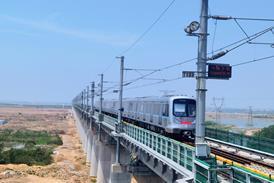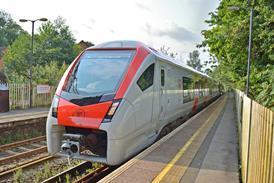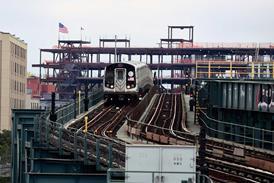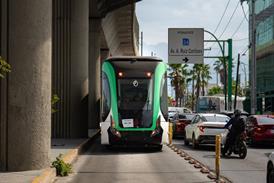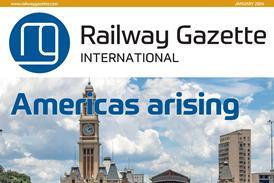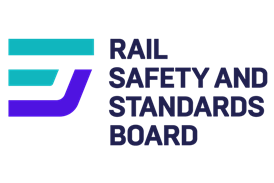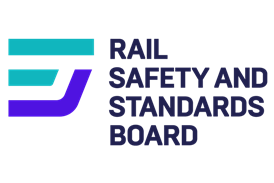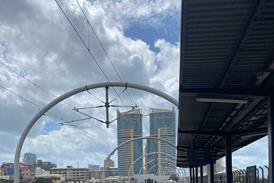RAILWAY-generated ground vibrations can cause significant disturbance for residents of nearby buildings. As speeds rise, the intensity of vibrations generated by trains generally inceases. Recent theoretical investigations of ground vibrations from high-speed trains undertaken at Nottingham Trent University have contributed to a better understanding of why this should be. Researchers had predicted that especially large increases in vibration level would occur if train speeds exceeded the velocity of Rayleigh surface acoustic waves in the ground (Krylov V V, Applied Acoustics 44, 1995, pp149-164). If this happens, a ground vibration boom occurs, similar to the sonic boom predicted by Austrian physicist E Mach about a century ago.
More than 50 years passed between publication of Mach’s theory and appearance of the first supersonic aircraft generating a sonic boom. Much less time elapsed between the first theoretical prediction of a ground vibration boom from high speed trains and the event occurring in practice. Dr Christian Madshus reported at a conference entitled ’Ground Dynamics and Man-made Processes: Prediction, Design, Measurement’, organised by the Institution of Civil Engineers in London at the end of last year, that the research team from the Norwegian Geotechnical Institute observed a large increase in ground vibration level when train speeds exceeded the Rayleigh wave velocity in the supporting ground.
Swedish track authority Banverket observed the problem when SJ’s 200 km/h X2000 trains began using the West Coast main line from G

